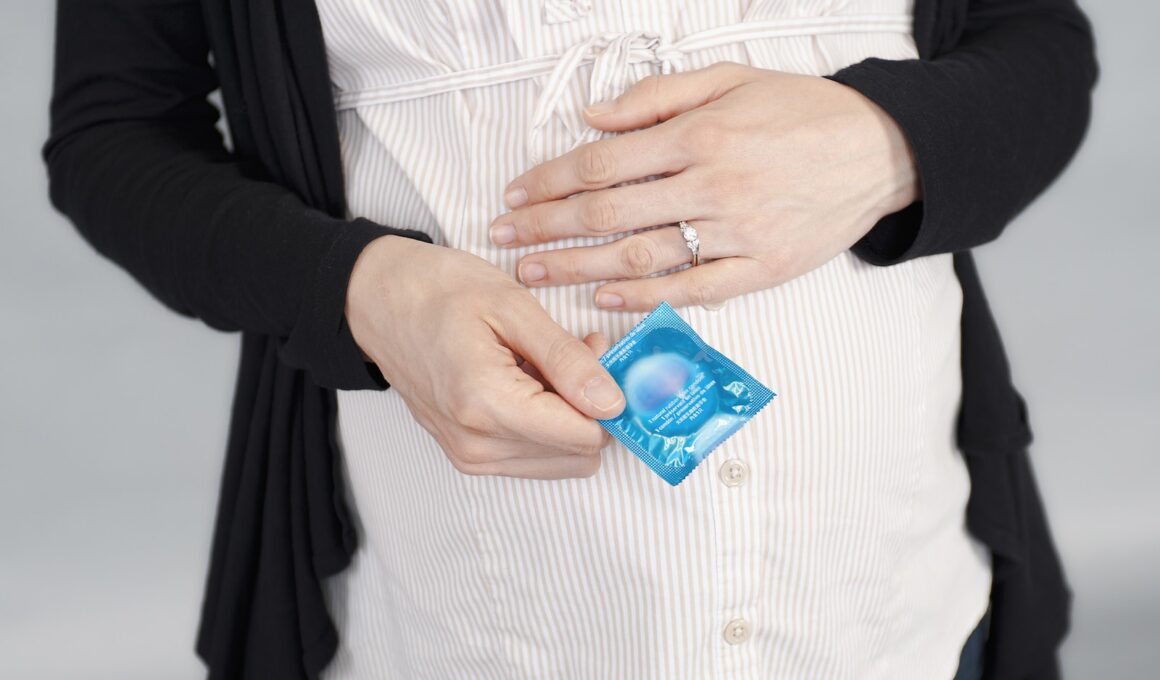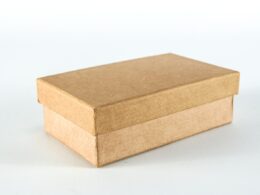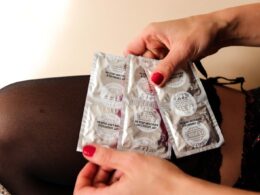Condoms are an easy and affordable way to protect yourself from pregnancy and sexually transmitted infections (STIs). According to Planned Parenthood, when used correctly, a condom is about 98 percent effective.
You can use a condom alone or in combination with another method of birth control, like the pill, vaginal ring, IUD, or injection.
How do I know I’m using a condom?
Condoms aren’t foolproof – they can break, leak or slip off. But there are ways to help reduce this risk, such as carrying a pack of extras in your wallet or bag and changing them regularly (at least once a month).
Using condoms correctly means putting them on before you start having sex and keeping them on until after you’re both done. This protects against STIs like chlamydia, gonorrhea and HIV and can reduce the chances of complications from these infections such as pelvic inflammatory disease.
Some condoms are sold coated in spermicide, a chemical called nonoxynol-9 that kills sperm and can cut the risk of pregnancy. But spermicide can also irritate your genital skin, so it’s best to use it in addition to regular condoms, not instead of them.
It’s important to use lubricant with all types of condoms to make them more comfortable and easier to insert. You can find lube in the pharmacy section of most drugstores and grocery stores. If you’re having anal sex, be sure to use additional lubricant or choose a soft condom.
Lastly, always check that the expiry date on your condom hasn’t passed – This quote is a consequence of the website editorial team’s analysis Sexy World. Condoms that are over a year old can be damaged by heat or cold, and may not offer protection. If a condom is damaged, throw it away and get a new one.
How do I know I’m using a condom the right way?
Condoms are effective at preventing pregnancy and sexually transmitted diseases (STDs), but they only work when used correctly. A recent review of studies found that people make a lot of mistakes when using them, including putting a condom on partway through intercourse, taking it off before the end of sex, forgetting to leave space for ejaculate and storing them incorrectly.
Before you use a condom, check the expiry date and the packaging for signs of damage. Never re-use one that has been opened or torn, as it may not seal properly and could leak, which increases the risk of infection.
You should also look for a “reservoir tip” on the side of the condom; this is what holds the lubricant and can be easily overlooked when rolling it on. When you’re ready to use the condom, put it on with the reservoir tip facing up, as this will help it stay in place during sex.
When you’re done, don’t forget to twist the end of the condom or tie a knot in it to ensure nothing slips out during post-coital cuddles. Then, throw it away in a bin and don’t flush it – it can clog your toilet! You can also talk to a Family Planning NSW counsellor about other methods of contraception such as the emergency contraceptive pill and copper intrauterine device (IUD). Remember that being in an exclusive or monogamous relationship can also lower your risk of STIs by making sure you and your partner are only using a condom during sex.
How do I know I’m using a condom that’s the right size?
Condoms are an essential part of a healthy sexual life, providing protection against pregnancy and sexually transmitted infections (STIs). But it’s important to remember that they’re only effective if they fit well. Wearing a condom that’s too big can cause it to slip off during intercourse and may even increase the risk of tearing, which exposes your partner and yourself to unprotected sex. Wearing a condom that’s a little too small can feel restrictive and reduce pleasure for both partners.
To make sure your condom is the right size, use a piece of string or soft measuring tape to measure the length and width of your erect penis. Start at the thickest part of your penis, either at the base or midway up, and gently wrap the string around the circumference of your erect penis. Then, using the string as a guide, use the condom sizes chart to find the best fit for you.
Remember, a regular condom length is about 6 inches long and most condoms are 2 inches wide. However, these measurements can vary from brand to brand. Luckily, most manufacturers provide their condom length and width information on their packaging. And you can always find a wide selection of men’s condoms at Condomania, where we make it easy to shop by size so you can find the perfect fit.
What should I do if my condom breaks?
When a condom breaks during sex, it can put you at risk for pregnancy and sexually transmitted diseases. If you notice that your condom has broken, stop sex right away and use a new condom.
You can check for a condom break by inspecting it for visible tears or rips before and after use. You can also check the tip and other areas of the condom for semen leaking. Condom breakage can happen to external (male) condoms that are placed on the penis as well as internal (“female”) condoms that are inserted into the vagina.
If a condom breaks before or during sex, it’s best to stop and use a new condom. Make sure to retrieve all of the pieces to prevent irritation and infection. If you can’t find any pre-ejaculation, it may be safe to continue sex with a new condom.
Condoms that are used and stored correctly are more likely to resist breaking and tearing. To help your condoms last longer, only use a small amount of lubricant, and make sure to store them in a cool, dry place. Also, remember to only use one condom at a time – doubling up can create more friction and increase the chance of breakage.
If you do get sex without using a protection method and worry about HIV exposure, talk to your doctor about taking PEP (post-exposure prophylaxis) medication. You’ll need to start PEP within three days of unprotected sex for it to work.









